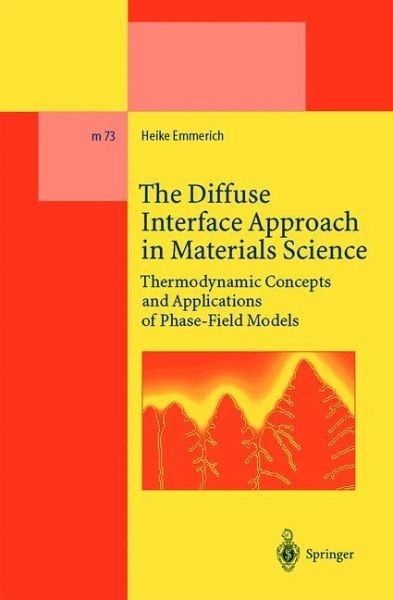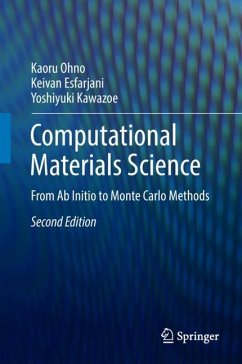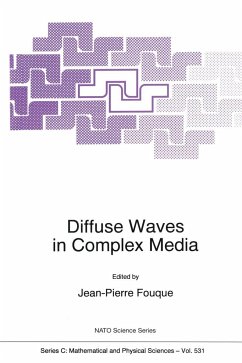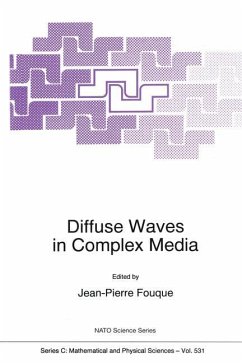
The Diffuse Interface Approach in Materials Science
Thermodynamic Concepts and Applications of Phase-Field Models

PAYBACK Punkte
39 °P sammeln!
The book is devoted to the application of phase-field (diffuse interface) models in materials science. Phase-field modeling emerged only recently as a theoretical approach to tackle questions concerning the evolution of materials microstructure, the relation between microstructure and materials properties and the transformation and evolution of different phases. This volume brings together the essential thermodynamic ideas as well as the essential mathematical tools to derive phase-field model equations. Starting from an elementary level such that any graduate student familiar with the basic concepts of partial differential equations can follow, it shows how advances in the field of phase-field modeling will come from a combination of thermodynamic, mathematical and computational tools. Also included are two extensive examples of the application of phase-field models in materials science.
Many inhomogeneous systems involve domains of well-de?ned phases se- rated by a distinct interface. If they are driven out of equilibrium one phase will grow at the cost of the other. Examples are phase separation by sp- odal decomposition or nucleation and subsequent growth of the nucleus in the nourishing phase [139]. Another example which has often been discussed as a paradigmatic problem is that of dendritic solidi?cation [29, 64, 79, 199]. The phenomenological description of these phenomena involves the de?- tion of a precisely located interfacial surface on which boundary conditions are imposed. One of those boundary conditions typically yields a normal - locity at which the interface is moving. This is the so-calledsharp interface approach, adopted both in analytical and numerical studies for a variety of contexts involving a moving boundary. The origin of such a description is - ten transparent, being obtained by symmetry arguments and common sense.













